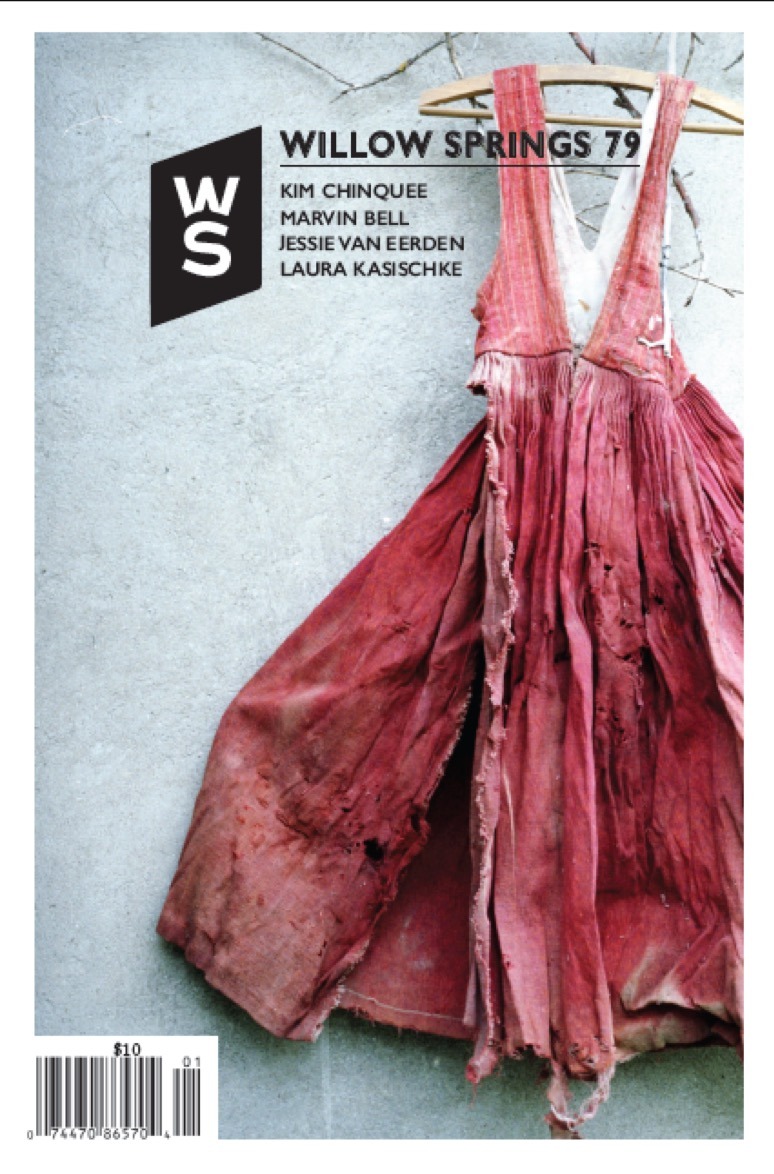
About Karl Zuelke
I, Karl Zuelke, earned a BS in biology and BA in English literature at the University of Cincinnati. I attended the writing program at Indiana University and earned an MFA in fiction. My doctorate is from UC as well, in American lit. with an ecocritical focus on nature writing and science writing as literature. I moved to Budapest, Hungary for awhile with my wife, Elizabeth, where we taught English at the Közgazdaságtudományi Egyetem (Budapest Economics University). I have also taught at Northern Kentucky University and the Art Academy of Cincinnati. Currently I am the Director of the Writing Center and the Math & Science Center at Mount St. Joseph University, in Cincinnati, where I also teach literature, writing, and environmental studies.
I have a Facebook page but no Web site yet, and I haven’t tweeted in years.
I have critical work published or forthcoming on Terry Tempest Williams, Peter Matthiessen, Pierre Teilhard de Chardin, and more.
My creative work has been published in The Antioch Review, The Journal of Kentucky Studies, Willow Springs, ISLE, and elsewhere.
A major project I took on two years ago was the blog Dreaming, Singing: Meditations on The Dream Songs. It features creative and critical responses to 385 Dream Songs by the poet John Berryman. I responded to one Dream Song a day for 385 days, plus an introduction and a reflection. These responses varied widely from day to day, depending on the material the day’s poem brought, my mood, my interests, the news, and the weather. They range from close analysis and literary criticism to poems, political rants, anecdotes, and stories. Sometimes I gripe at Berryman and call him a loser (it’s okay-he treated himself the same way). These meditations are mostly brilliant and I highly recommend them, especially if you start at day one and read all 385 subsequent entries in one sitting, plus the reflection.
A Profile of the Author
Notes on “Fire Artist”
I have backpacked for years, so some scenes from this story are lifted from experience. The bear under the waterfall is told much as I lived it, including that ancient perception of communicating with an animal through what the story’s narrator calls a “psychic wind.” The scene with the moths and the campfire is written exactly as we experienced it. The moose and her terrified calf on Isle Royale bursting through the trees above as they were pursued by wolves is another unforgettable image straight out of my experience. Other scenes began in experience but were altered, others were a retelling of stories I’ve heard, and others are pure fiction. Curt is an invented character. Phil’s rule-breaking personality began in my own brother’s individualist tendencies, but grew beyond them in a way surprising to me. Ultimately, his rule-breaking is not what does him in. It’s the more profound diminishment of his respect-for himself and his loved ones, and for the natural world that had such a defining presence for him but toward which he turned to conquer. His career choices may have tempted him down that path.
Most of the time when I write a story, it takes effort-I have to push, I get tired, my brain feels hollow. On a just a few rare occasions, a story has simply fallen into place. This was one of those. The plot, which develops over a span of forty years, was not preordained. The narrator’s self-aware mysticism and Phil’s rise in influence and wealth, as his character diminishes, all developed out of the characters as their adventures back and forth through time unfolded. The story was a pleasure to write.
Music, Food, Booze, Tattoos, Kittens, etc.
Beach Boys. Steely Dan. Joni Mitchell. Bluegrass. I love a cold beer as much as anyone, but I I’m allergic to hops; I suffer for it-the hoppier the beer, the worse it makes me feel. I stick with red wine, and since I live in Kentucky, I also like a finger or two of good bourbon now and then, out of a sense of community-building and cultural solidarity. Horses, bluegrass music and bourbon lend a richness to the culture of Kentucky which I’m proud to associate with. I’m a pretty good painter in watercolors and acrylics, and I have some skill in woodworking. I can cook. I love cats and understand them, and while I never had one of my own, I grew up around horses. I love and admire them as well. But bees have my attention and heart these days. You wouldn’t think bees would evoke an emotional attachment. I’m just getting started and didn’t expect that. It’s not the individual bees, which are cute but expendable-the bees themselves would tell you that. It’s the hive, this pulsating collective of 30,000 fuzzy insects snugged into their warm, comfortable box. It’s consistently fascinating watching them. A couple weeks ago the temperature in December was in the 60s-too cold for foraging, but there were a few dead bees on the landing, dragged out the day before which had been even warmer. I flicked them away, and the colony heard me, gave off a deep, intimidating collective buzz, then sent out a single scout to see what was up. It was a drone. He hung in my face for a few seconds, decided, I guess, that it was only me, and went back inside. That was it-one scout to check out the disturbance and make a report. Amazing!


